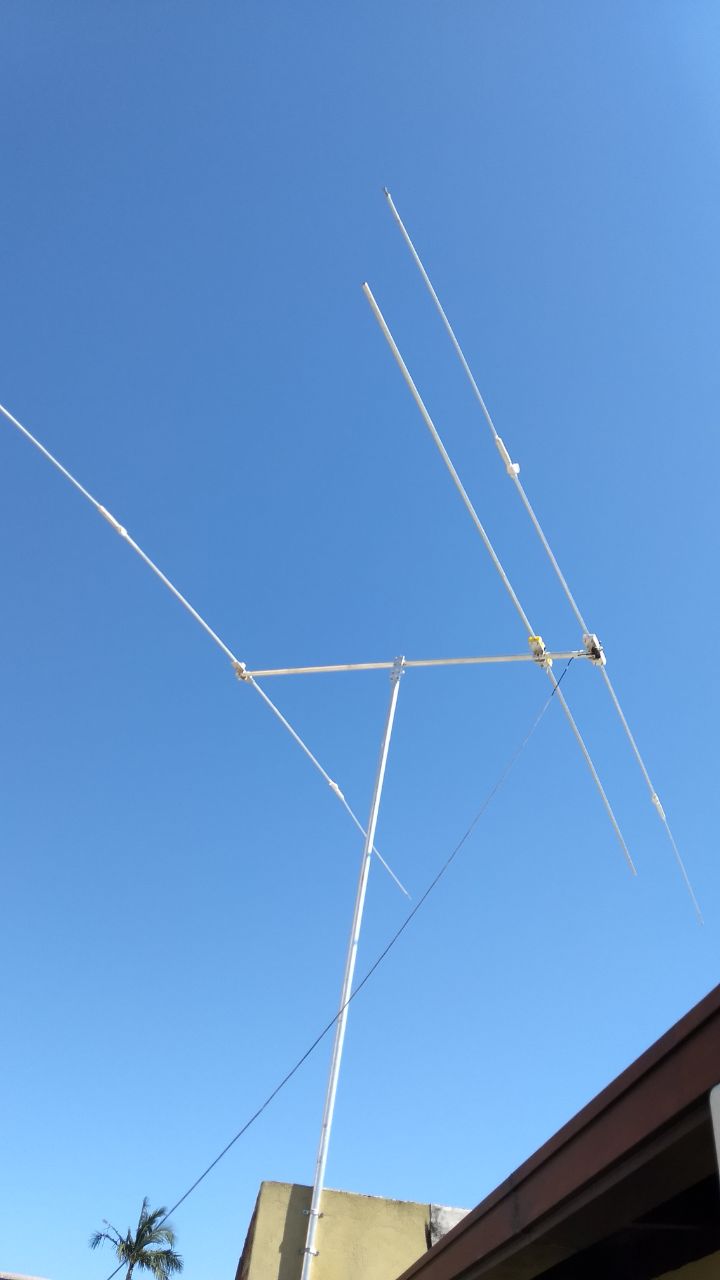Short question:
What are the advantages and disadvantages of using gamma (solid element) or beta (split element) matching a yagi?
Long question:
A while ago I built a coil loaded yagi for the 20M band, with a small coil in the middle, for a total element length of 6M (3M to each side). This element is split, center fed, like any traditional dipole.
Yesterday I added a second element, for the 10M band. I didn't have enough material to add a reflector, so basically I have a rotatable 10M dipole sharing the boom. The match was good enough, though, to provide a reasonable SWR of 1:1.5. It's a little too long, but I don't want to trim it until I add the reflector.
I understand that, when I add the reflector, the feedpoint impedance at resonance may drop. I've been considering the options for matching a low impedance to 50 ohms, which so far I've only done with simple LC networks.
From my understanding it comes down to:
- Use a split element (like any traditional dipole), and match it, if necessary, with a "hairpin" or "beta" match
- Use a solid element, and drive it with a "gamma" match
I couldn't find any information information, other than anecdotical "I would never do it this way", on the advantages and disadvantages of both types of matches. The great benefit from solid + gamma, is that it makes design of the antenna much easier and stronger, since you don't need to cut the tube in the center. But apparently the gamma match isn't as broadband as a hairpin (that's all anecdotical info I found on different forums).
I solved the boom isolation by using strong L shaped alu pieces (6mm thick, 100mm flange length), and the element is sandwiched between two 3D printed insulators, bolted to this L (PETG is an amazing 3D print material). So I don't mind doing it this way if split elements have any significant advantage over a solid element.
Environmental factors to conside at my location are winds, which are not often but once or twice a year, very strong (250km/h gusts are not unheard of). I need to design the yagi so I can drop it to a safe parking location, but that's a different issue. There is no snow, ice, or freezing rain to worry about.



